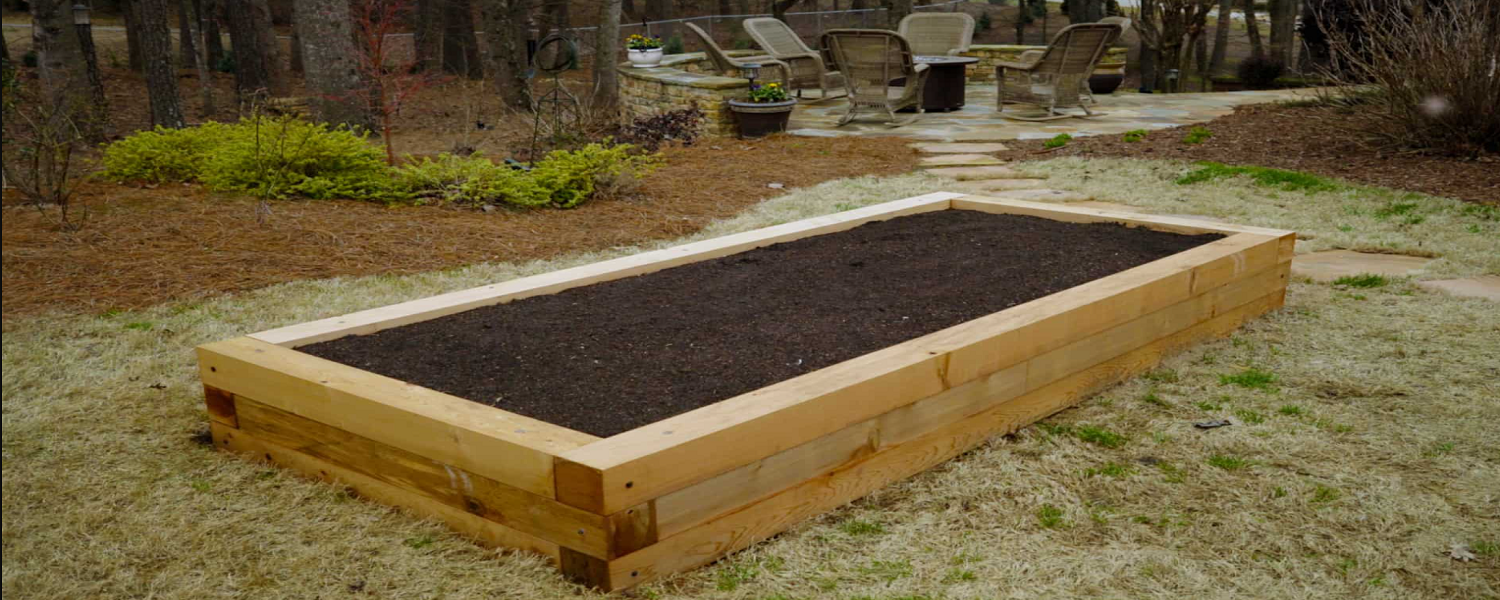With the gardening season upon us, you may be searching the Internet for tips and tricks on how to make the best of this time. In many articles, you may have come across the term “plant hardiness zones” or “growing zones”.
The question is: Do you have any idea about these US plant hardiness zones or are you clueless like most of us? If you belong to the latter category, you are just at the right place.
Today we will break down the science and mystery behind the plant hardiness zones. By the end of it, you will also be able to figure out in which planting zones your garden lands.
So, let’s begin!
What Are Plant Hardiness Zones?
The US Department of Agriculture creates and updates a plant hardiness map every few years. This map divides North America into 11 zones based on its minimum average annual temperatures. The lower the zone number, the lower the temperature in that area.
Each hardiness zone represents 10 degrees of temperature difference. The zones are also divided into “a” and “b” segments. These sub-segments mark 5 degrees of temperature difference. For instance – zone 4 indicates minimum temperatures between -30 to -20 degrees F. Its “a” and “b” subdivisions represent -30 to -25 degrees F and -25 to -20 degrees F respectively.
The US climate zones for plants refer to how well a tree survives cold temperatures.
Why Knowing Your Plant Hardiness Zones Matter?
By understanding your area’s hardiness zones, you can figure out what type of vegetables, flowers, fruits, and trees will best grow in your region. If your zone has a long warm period, you can grow seeds that are 100 days + to maturity. But if you live in a much colder area, you may want to seek to plant seeds that are 60 days to maturity.
Quick Tip: Some plant seed packets list the days to maturity from when you transplant your seedling. They don’t count from when you are starting your seeds.
So, plant seeds like squash, eggplants, and tomatoes which take a long to germinate, must be planted indoors first. Then, you will have ample time for growing them outside once the danger of frost passes.
How To Find Your Yard’s Hardiness Zone In The Map?
Do you ever wonder how to pinpoint your yard’s hardiness zone on the map? It’s simpler than you think. The USDA Plant Hardiness Zone Map divides North America into 13 zones based on average winter temperatures. To find your exact zone, locate your area on the map and match it with the corresponding color-coded zone. You can also use online tools that allow you to enter your zip code for a precise result.
Remember, these zones provide valuable information about which plants will thrive in your region. By understanding your specific hardiness zone, you can select plants that are more likely to flourish in your garden. Additionally, knowing your zone helps you plan and prepare for potential weather conditions that may impact plant growth.
Take advantage of this useful tool by identifying your hardiness zone today and start creating a garden tailored to thrive in your unique climate!
Know Your Plant Hardiness Zone But Still Take Your Notes
Knowing your plant hardiness zone is crucial for a successful garden, but it’s also essential to take your own notes. Your specific location within the zone, microclimates in your yard, and unique factors like sun exposure can all impact how plants thrive. While the zones provide a helpful guideline, personalized observations are key.
Keep track of which plants flourish or struggle in certain areas of your garden. Note down any weather anomalies or unexpected changes that may affect plant growth. By documenting these details over time, you’ll develop a deeper understanding of what works best in your specific environment.
Don’t rely solely on the hardiness zone map – supplement it with firsthand observations and insights from gardening experiences. Remember that gardening is an ongoing learning process, and adapting to your unique conditions will ultimately lead to a more successful and fulfilling garden.
FAQs
Are plant hardiness zones a one-size-fits-all system?
The short answer is no. These zones provide a rough guide based on average minimum winter temperatures, but other factors like humidity and soil type also play a role in plant survival.
How often do plant hardiness zones change?
While not frequent, updates to the USDA Plant Hardiness Zone Map can occur every 10 years or so as new data is collected and analyzed.
Can plants from higher or lower zones survive in my zone with proper care?
It’s possible with extra attention and specific growing conditions, but it’s generally best to choose plants suited for your zone for long-term success.
We Help You Make The Best Use Of Hardiness Zones
Understanding and utilizing plant hardiness zones can greatly benefit your garden by helping you choose plants that are best suited for your specific climate. By knowing your zone, you can ensure the success of your garden and save time and money on plants that may not thrive in your area.
Take advantage of online resources such as interactive maps to easily find out which zone you belong to. Remember that while hardiness zones provide a good starting point, it’s also important to consider other factors such as microclimates in your yard.
If you are looking for tree service in Rochester NY So, why wait, contact Branch Specialists Rochester NY right now for more information.

